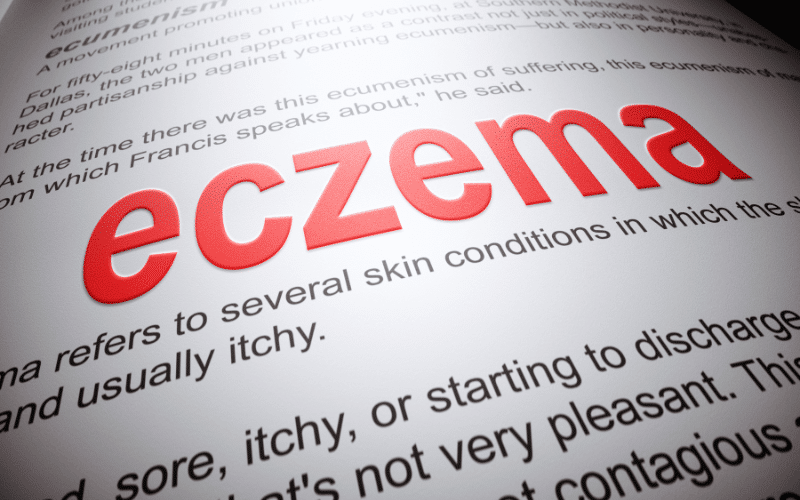Introduction: The Many Faces of Eczema

Eczema, a broad term encompassing various skin conditions, has long been a subject of medical interest and research. These conditions, characterized by dry, itchy, and inflamed skin, can significantly disrupt a person’s life, making daily tasks burdensome and sleep elusive. With a spectrum ranging from mild to severe, understanding the complexity and diversity of eczema types is the first step towards effective management and treatment.
In this article, we will explore seven common types of eczema: Atopic Dermatitis, Contact Dermatitis, Dyshidrotic Eczema, Nummular Eczema, Seborrheic Dermatitis, Stasis Dermatitis, and Neurodermatitis. Each has its unique triggers, symptoms, and treatment approaches. A thorough comprehension of these types will empower those affected to navigate their eczema journey better, leading to improved management and better quality of life.
Eczema is no respecter of age or gender, affecting infants, children, and adults alike. The physical discomfort, coupled with the psychological distress of visible skin changes, can be challenging to cope with. However, understanding the specific type of eczema can significantly aid in managing the condition effectively, reducing the distress it can cause.
The categorization of eczema types is based on various factors such as causes, body location, appearance, and even the age group they primarily affect. Some types are more common in children, while others may persist into adulthood or only appear later in life. Knowing these distinctions is crucial in seeking appropriate treatment.
Each type represents a unique aspect of the broad eczema spectrum. While some types are triggered by contact with certain substances, others may be genetically predisposed or linked to other health conditions. The following sections will provide a detailed exploration of each type, aiming to enlighten and guide those living with eczema.
Cause 1. Atopic Dermatitis: The Chronic Itch Cycle

Atopic dermatitis, often referred to as atopic eczema, is perhaps the most common form of eczema. It typically begins in childhood, with many cases appearing within the first six months of life. However, it can also manifest later in life, proving that it’s not exclusive to early childhood.
The hallmark of atopic dermatitis is a relentless itch that leads to scratching, further irritation, and even more itching – a vicious cycle that can be difficult to break. This itch-scratch cycle can disrupt sleep, cause discomfort, and significantly impact the individual’s quality of life.
Atopic dermatitis primarily affects the skin’s folds, such as the inside of the elbows and behind the knees. However, any body part can be affected, and the pattern may change with age. The affected skin often becomes dry, thickened, and scaly, with areas of redness and inflammation.
The exact cause of atopic dermatitis remains unclear, but it is thought to be a combination of genetic and environmental factors. Those with a family history of eczema, asthma, or hay fever are more likely to develop atopic dermatitis, indicating a strong genetic component. However, environmental triggers also play a significant role, with irritants such as soaps, detergents, and certain fabrics known to exacerbate the condition. (1)